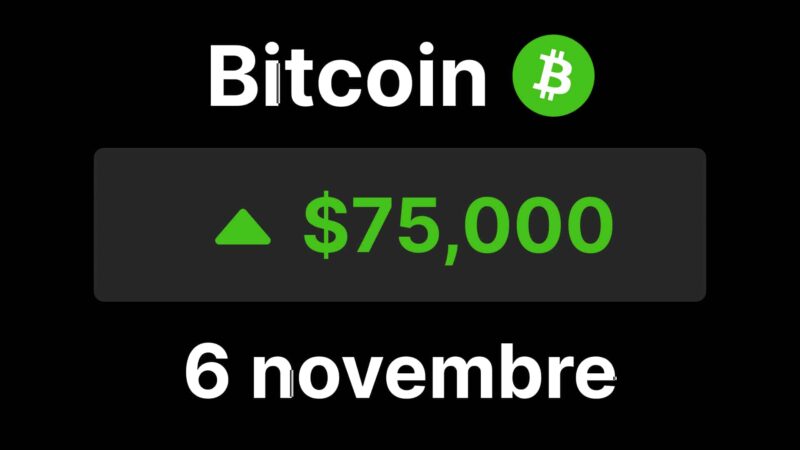Mantra’s OM token loses over 90% of its value with no clear explanation, causing widespread panic and loss of confidence in the project.
The OM token, associated with the Mantra protocol specialized in tokenized real-world assets (RWA), experienced a spectacular plunge: from over $6 to less than $0.45, without any identifiable announcement or event. This flash crash, which wiped out over 90% of the token’s value, immediately caused panic in the community and put pressure on the leadership team.
In the face of distrust, CEO John Mullin reacted by announcing a massive burn program. In a post published on X (formerly Twitter), he stated his intention to ‘burn his own tokens’ and implement a larger program of destruction for the total supply of OM, with the aim of restoring trust in the ecosystem.
A comprehensive burn program to extinguish the fire
A token burn involves permanently removing a portion of the circulating supply, with the goal of reducing selling pressure and potentially supporting the price. Mullin promises a structured strategy, going beyond a mere symbolic gesture, to cleanse the project’s tokenomics.
But this attempt to regain control does not convince everyone. OKX founder Star Xu described the affair as a ‘big scandal’, reinforcing suspicions of opaque internal operations surrounding the crash.
A crash that raises questions
The official explanation provided by Mullin – the liquidation of OM positions by certain exchanges – struggles to justify such a magnitude of movement. No macroeconomic signal, regulatory announcement, or hack was identified at the time of the crash.
Some members of the crypto community point to past OTC transactions by the Mantra team in the months leading up to the crash, questioning the integrity of governance. The lack of transparency regarding the actual circulation of tokens has only deepened distrust.
OM, an RWA project in turmoil
Mantra positions itself in the booming segment of tokenized real-world assets, with the ambition of connecting traditional finance to DeFi. But this brutal crash risks undermining the long-term credibility of the project, especially among institutional investors.
At a time when the crypto ecosystem is seeking to structure itself around more robust models, this episode serves as a reminder of how critical governance, transparency, and tokenomics management have become.
OM is currently trading around $0.8, representing a 87% decrease from its pre-collapse price. It remains to be seen if the burn program will be enough to restore confidence – or if it will only mask deeper flaws.




